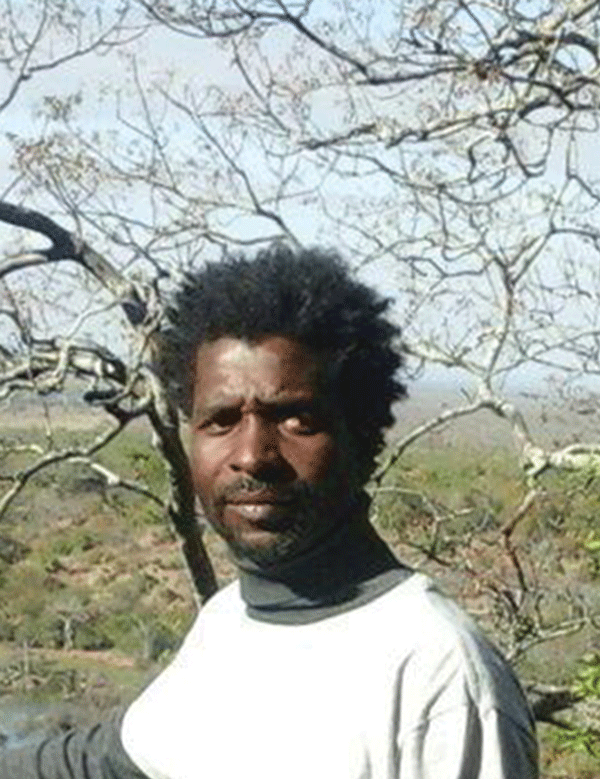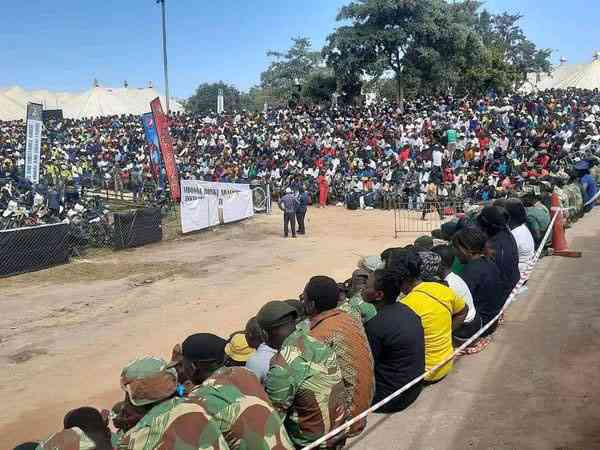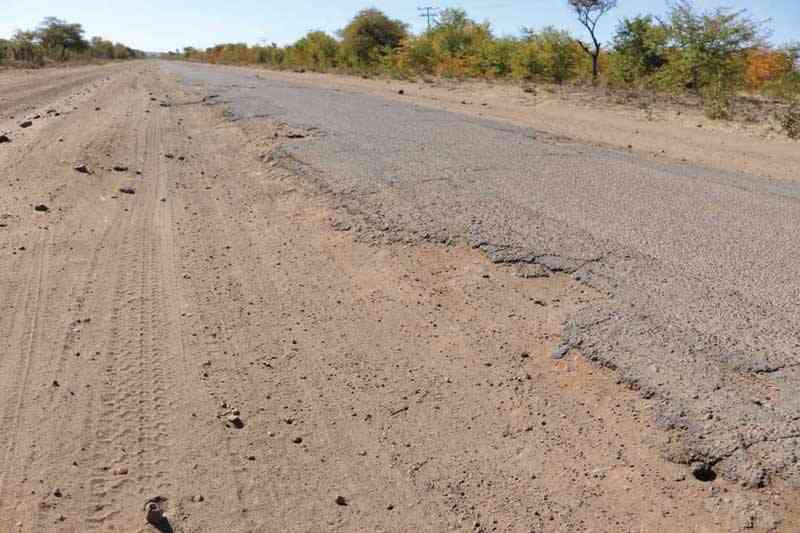
BY Paidamoyo Muzulu THIS week had two special days — Workers Day and Press Freedom Day – they both had muted celebrations. Something has changed, the economy is not working and the two are now holidays threatened by extinction.
Zimbabwe has over the last two decades progressively de-industrialised. Many of the factories that used to produce goods are now warehouses, churches or just lying idle across the country. Workers were thrown into the street or the few lucky ones who received a decent exit package went into the informal sector.
The government’s fixation with International Monetary Fund (IMF) neoliberal policies like the Staff Monitored Programme means the country will continue to shed jobs. Firing workers has been made easier since the Supreme Court’s 2015 Zuva judgment that said employers like workers also had a right to terminate employment contracts via a three-month notice period.
Thousands were laid off without any meaningful compensation. Zimbabwe is still recovering from the employment carnage. Workers Day started losing its lustre and the media did not give it any prominent coverage.
The media, too, fell short in its coverage of the Media Freedom Day. Not even a single mainstream media made it a lead story or carried it as an editorial comment.
These two issues of workers and media workers’ rights have paled into significance when compared to the public transport crisis in Harare, in particular. The government has dismally failed to provide decent, safe and efficient public transport to the commuting public.
This failure is too glaring to miss and prompted me to have a look at President Emmerson Mnangagwa’s scorecard after four years in office. The man has fallen short on most of the things he asked the Zimbabwean electorate to judge him on.
Mnangagwa in his 2018 election manifesto said he would prioritise the following: Put job creation first, have zero tolerance to corruption, establish modern, affordable health care system for all, develop infrastructure worthy of a new Zimbabwe and generate unprecedented educational and employment opportunities for our youths.
- Chamisa under fire over US$120K donation
- Mavhunga puts DeMbare into Chibuku quarterfinals
- Pension funds bet on Cabora Bassa oilfields
- Councils defy govt fire tender directive
Keep Reading
Mnangagwa was highly ambitious and has dramatically failed to deliver. He has not created jobs that he promised. Unemployment remains very high. The few that are lucky to be employed are generally underpaid, but heavily-taxed.
On corruption, Mnangagwa has been all talk but no action. In addition to the Zimbabwe Anti-Corruption Commission, he set up a Special Anti-Corruption Unit in his office, but the number of investigated cases, trials and convictions is worryingly low.
Many high-profile cases of graft are still to be completed. Former ministers Obadiah Moyo and Priscah Mupfumira are still free birds. So is Delish Nguwaya, an associate of the President’s sons. The optics don’t look good, leading to the now common phrase on corruption by citizens — catch and release.
On health care, there is nothing modern and affordable for all. Zimbabwe has witnessed a privatisation of the sector much to the chagrin of citizens. Public hospitals remain dilapidated, under-resourced and understaffed. They have literally been kept open through generous support of donor agencies.
Many Zimbabweans are still dying from preventable diseases. Neonatal deaths have largely remained high in the last 10 years, a classic example that our healthcare has not developed. And to make matters worse, Zimbabweans are still dying of feudal diseases like cholera and typhoid. Thousands too still die from malaria each year.
Mnangagwa also promised to generate unprecedented educational and employment opportunities for our youths. This promise is far from being met as many children are dropping out of school for various reasons but primarily lack of funds.
Zimsec has also revealed that the number of Ordinary Level students registering for the November examinations has dropped by a massive 50% since 2017, ironically the year Mnangagwa came to power via a coup.
There were 332 473 registered students in 2017. The number dropped to 239 441 in 2018. There was a miraculous jump in 2019, when the numbers bounced to 296 464. However, since then it has been a downhill trend. In 2020, the figure further dropped to 184 249. The year 2021 saw 163 179 registering.
Numbers don’t lie. These are damning statistics. Whether they are put in a pie-chart or a bar graph, the picture is still grim. There is no way of putting it otherwise.
The only thing on Mnangagwa’s upside is infrastructure development. He has worked really hard to improve infrastructure such as roads, dams, power generation and airports.
It should be noted that most of these projects except roads are funded by Chinese loans. However, it has to be acknowledged that Mnangagwa’s administration has tried to keep to delivery timetables and the results on that front are showing.
Perhaps, he realised this was a low-hanging fruit or a quick win and he has put all his energies into it as the handle to be used in the 2023 re-election campaign.
In conclusion, it cannot escape the observation that Mnangagwa has only scored one out of five promises he made. That is a 20% mark, a fail by any measure — quantitatively or qualitatively. This is a grim situation and the gloomy picture will not look any better without a miracle.
- Paidamoyo Muzulu is a journalist based in Harare. He writes here in his personal capacity.











